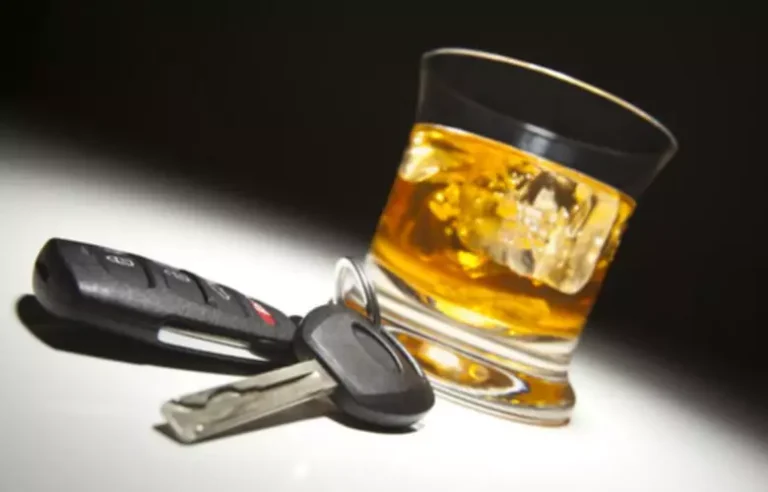
Testosterone administration may also affect mood and motivation, which may indirectly affect athletic performance. Figure 1 provides an example of how these sets were combined for each category of PEDs. We used these terms to search the PubMed database for articles written in English or translated into English. We supplemented this by searching the bibliographies of major review articles published in these content areas. We also added to the reference list any additional references that were known to the members of the writing group but did not appear in this search. The expert panel reviewed and synthesized evidence in their areas of expertise and prepared the Scientific Statement.
- It has sections on their potential economic impacts, prevalence, health effects and athletes’ attitudes.
- Most of these programs have focused on alcohol use, and their specific content can vary widely and include both alcohol-specific topics and general lifestyle factors (Larimer & Cronce, 2007).
- A positive test result would consist of too dramatic a change from the established individual baseline.
- Other research shows that focusing on the prevention of high-risk behavior in general can be a catchall to help ward off anabolic steroid use.
Are creatine supplements safe?
- For example, Duda and her colleagues 46 provided evidence that task orientation (as opposed to ego orientation) predicted sports-related intrinsic motivation in youth athletes.
- In addition to severe adverse health effects, drug misuse can lead to legal trouble, suspensions from sports, and even a fatal overdose.
- Research should also explore the social and cultural factors that contribute to the use of these substances and how they can be addressed.
- Further, sporting organizations are also motivated for their athletes to be perceived as living up to some sort of ideal (e.g., serving as a “role model” for children), which is why use of certain substances that have no performance benefits still results in suspension and other punishments.
- Furthermore, although male athletes had greater odds of reported legal PES use, in subgroup analysis, sport specialisation was not an independent risk factor for either male or female athletes.
- An isoelectric focusing method separates the isoforms of erythropoietin, which are detected using double immunoblotting chemiluminiscence (390, 391).
Taken together, anti-doping policies and culture set up an anomic environment in which athletes are incentivized to dope while also being at risk of a range of negative outcomes if they are caught. It then becomes imperative that athletes avoid detection, a situation that can be tricky for an individual athlete to manage on their own. Though anti-doping is predicated on promoting athlete health, the current approach has been criticized as being paternalistic (Kayser & Smith, 2008) or ignoring social and sport realities of substance use (Smith & Stewart, 2015). Proposed models of doping harm reduction have focused on centring athlete health, though have differed in their overall approach.
Drug Testing and Nutritional Supplements

I’ve always loved that freedom aspect of cycling, you know, the first time I could get away from mom and dad on my bike and travel many towns away from home. I was racing in Europe full-time, we had European riders on the team, we had European staff. I had finished a stage race in Southern Spain, like a week-long stage race, and I was just like a starfish on my bed, collapsed. And I remember one of the team doctors came into my room and Performance Enhancing Drugs he was praising me about how well I had done, how much I’d pushed through the pain, and how impressed he was, but that I had to start taking care of my body and living a little bit more “professionally,” as he called it. He was wearing this fly fishing vest and he reached into one of the pockets and he pulled out this little red, egg-shaped capsule. If you suspect that your teen is using performance-enhancing drugs, talk to him or her about the risks and benefits of using.
- This class of drugs, therefore, should continue to garner particular attention when developing athlete-specific prevention interventions.
- Other countries followed suit, but international cooperation in anti-doping affairs was long restricted to the Council of Europe.
- A technique called “plateauing” may also be used, whereby steroids are staggered, overlapped, or substituted with another type of steroid to avoid developing tolerance.36 As with stacking, the effects of pyramiding, cycling, and plateauing have not been substantiated scientifically.
- They also reported a decrease in the concentrations of the essential amino acids, implicating incorporation into the muscle fiber.
The Festina cycling team is caught doping during the Tour de France

Overall, a comprehensive and coordinated effort is needed to address the dark side of bodybuilding and promote safe and healthy practices in this sport. Thus, some athletes will be tempted to use substances that have the potential to make them stronger and faster, thereby improving their athletic performance. Indeed several studies among athletes at varying competitive levels have shown that the primary reason athletes choose to use performance-enhancing substances is to improve their athletic performance (Miller, Barnes, Sabo, Melnick, & Farrell, 2002; Rexroat, 2014). Conversely, concerns about the impacts certain substances can have on athletic performance may serve as an important deterrent among athletes. Addressing the role certain substances can play in inhibiting athletic performance could be a potentially useful component of interventions designed to prevent and reduce drug use among athletes. The prevalence of doping is unclear, though there is a significant gap between prevalence estimated by researchers and the official testing results.
Medical
San Francisco Giants player Barry Bonds, who broke baseball’s all-time home run record in 2007, was another BALCO client. He testified he never knowingly took steroids, but this denial was countered by reporting that Bonds had used multiple performance-enhancing drugs. It is unclear what will be the final outcome of doping war, but new questions and issues constantly present new challenges for both groups. For example, how each side will respond and adjust when unexpected outside forces – such as the current Covid-19 pandemic that has led to the postponement of World and Olympic level events – upset the tug of war. Future research on anti-doping policy and harm reduction may look more closely at the ways known doping systems have developed and their strategies for reducing various risk factors in order to enable doping.

Multivariable analysis for consideration of banned performance-enhancing substances (PES) use. If you’re the parent of a teen athlete, start a discussion about performance-enhancing drugs. By explaining the consequences of using performance-enhancing drugs, you can help your teen steer clear. Side effects of creatine can include gaining weight and cramps in the belly or muscles. The use of performance-enhancing drugs may, in a range of cases, more closely resemble running with a tailwind than mastering a new athletic skill. A sprinter who runs with a tailwind, a marathon runner who rides the subway, or a high jumper who uses a trampoline are not better placed to explore the limits of human potential in their respective sports.

Among nonathlete weightlifters, the use of AASs represents a higher proportion of overall PED use than that of all other categories of PEDs combined. PEDs are pharmacologic agents that athletes and nonathlete weightlifters use to enhance performance. For the purpose of this statement, we define nonathlete weightlifters as individuals whose goal is to become leaner and more muscular, often simply for personal appearance, and not to participate in formal sports competitions. The clinician must look for red flags on physical examination that might point to the effects and adverse effects of PEDs.
